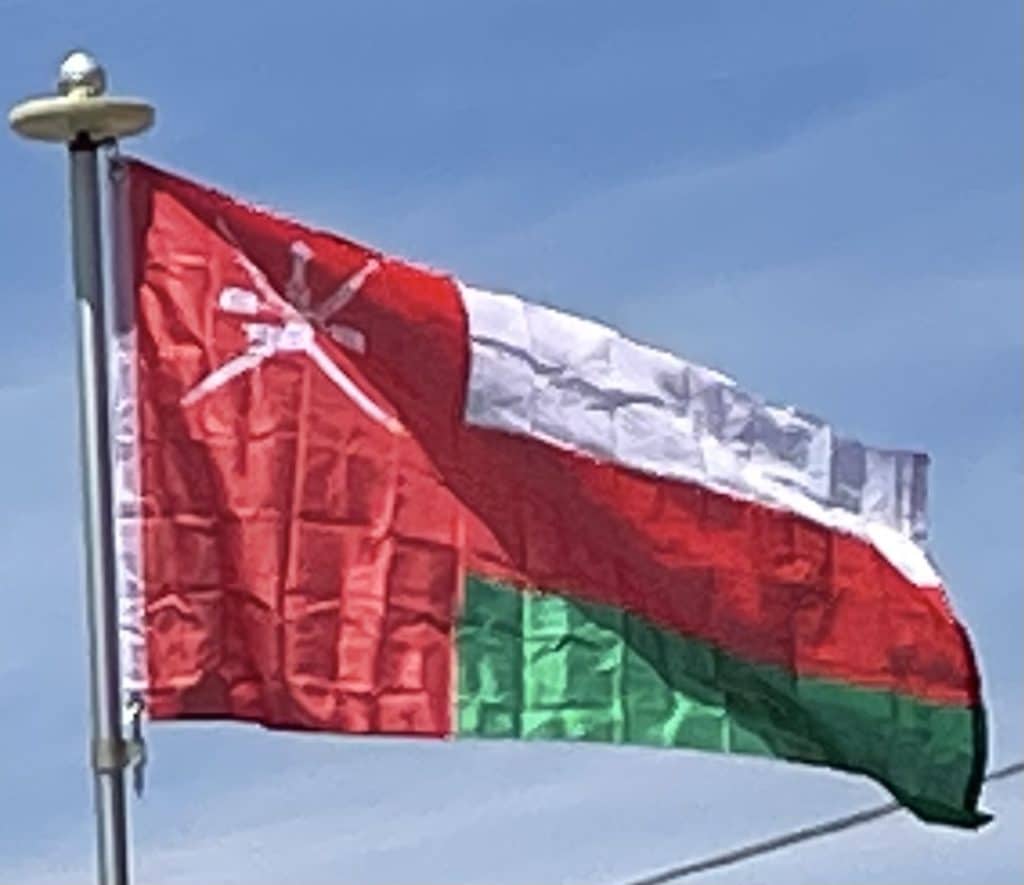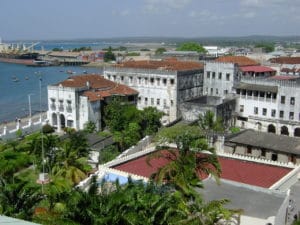
Zanzibar was a valuable property as the main slave market of the Swahili Coast, and became an increasingly important part of the Omani empire, a fact reflected by the decision of the 19th century sultan of Muscat, Sa’id ibn Sultan, to make it his main place of residence in 1837. In 1856, under British direction, Zanzibar and Muscat became two different sultanates.
Reign of Sultan Said (1932–1970):
Said bin Taimur became the sultan of Muscat officially on 10 February 1932. The rule of sultan Said bin Taimur, who was backed by the British government, was characterized as being feudal, reactionary and isolationist.
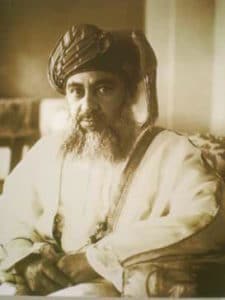
The British government maintained vast administrative control over the Sultanate as the defense secretary and chief of intelligence, chief adviser to the sultan and all ministers except for one were British.
Dhofar Rebellion:
Oil reserves in Dhofar were discovered in 1964 and extraction began in 1967. In the Dhofar Rebellion, which began in 1965, pro-Soviet forces were pitted against government troops.
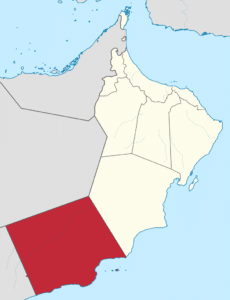
As the rebellion threatened the Sultan’s control of Dhofar, Sultan Said bin Taimur was deposed in a bloodless coup (1970) by his son Qaboos bin Said, who expanded the Sultan of Oman’s Armed Forces, modernized the state’s administration and introduced social reforms. The uprising was finally put down in 1975 with the help of forces from Iran, Jordan, Pakistan and the British Royal Air Force, army and Special Air Service.
Reign of Sultan Qaboos (1970–2020):
After deposing his father in 1970, Sultan Qaboos opened up the country, embarked on economic reforms, and followed a policy of modernization marked by increased spending on health, education and welfare. Slavery, once a cornerstone of the country’s trade and development, was outlawed in 1970.
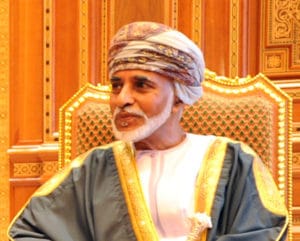
Inspired by the Arab Spring uprisings that were taking place throughout the region, protests occurred in Oman during the early months of 2011. While they did not call for the ousting of the regime, demonstrators demanded political reforms, improved living conditions and the creation of more jobs. They were dispersed by riot police in February 2011. Sultan Qaboos reacted by promising jobs and benefits.
Qaboos died on 10 January 2020, and the government declared three days of national mourning. He was buried the next day.

On 11 January 2020, Qaboos was succeeded by his first cousin Sultan Haitham bin Tariq Al Said.
Geography:
A vast gravel desert plain covers most of central Oman, with mountain ranges along the north (Al Hajar Mountains) and southeast coast (Qara or Dhofar Mountains), where the country’s main cities are located: the capital city Muscat, Sohar and Sur in the north, and Salalah in the south. Oman’s climate is hot and dry in the interior and humid along the coast. During past epochs, Oman was covered by ocean, as evidenced by the large numbers of fossilized shells found in areas of the desert away from the modern coastline.
